Although 21 December 1968 was the shortest day of the year, for the astronauts of Apollo 8 it would be one of the longest of their lives.
The three astronauts began the day sitting on top of an untested rocket about to travel further from Earth than any human had been before. They were destined for the Moon.
But Apollo 8 wasn’t originally intended to go that far. The mission brief was initially to stay in low-Earth orbit and practise manoeuvring with a lunar lander.
More amazing Chandra observations

A rocky start
By June 1968, however, it had become apparent that the lander wouldn’t be ready in time for the mission’s launch.
The timeline to meet the 1969 deadline for a lunar landing was already tight – a delay to Apollo 8 would derail it entirely.
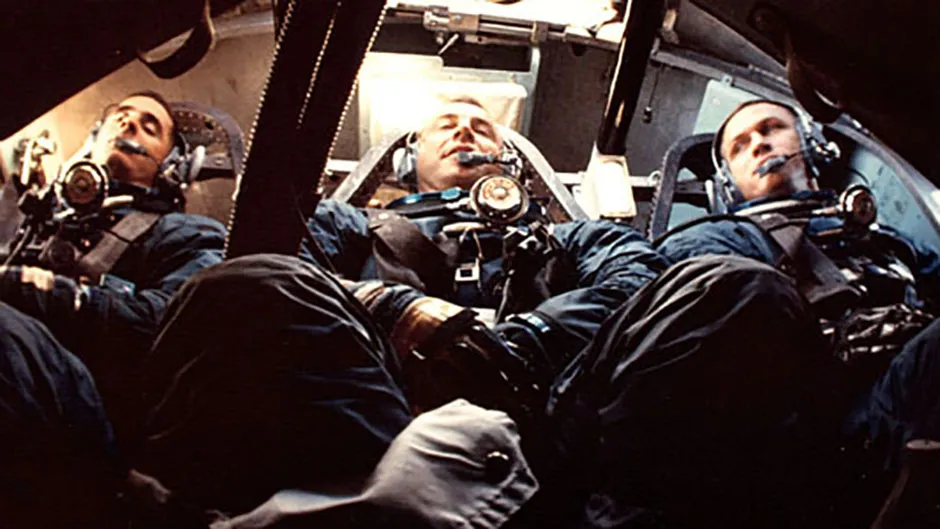
To avoid wasting the mission, NASA considered bringing forward the Apollo 9 mission plan and sending Apollo 8 to orbit around the Moon.
It was an outrageous suggestion – only one Apollo mission had flown with a crew and the Saturn V rocket they planned to use on 21 December had never been launched with humans on board.
Was it really a good idea to send astronauts to the Moon as the rocket’s first big test?
Ultimately, the decision was made not by NASA, but by the Soviet Union. This was the height of the Space Race.
In September, the Russians launched Zond 5, sending the first living creatures (including a pair of tortoises) to the Moon and back.
It seemed a crewed Soviet mission couldn’t be far behind.
With public support for Apollo already strained, NASA could not afford to be beaten by the Russians again. Apollo 8 was in a race to the Moon.
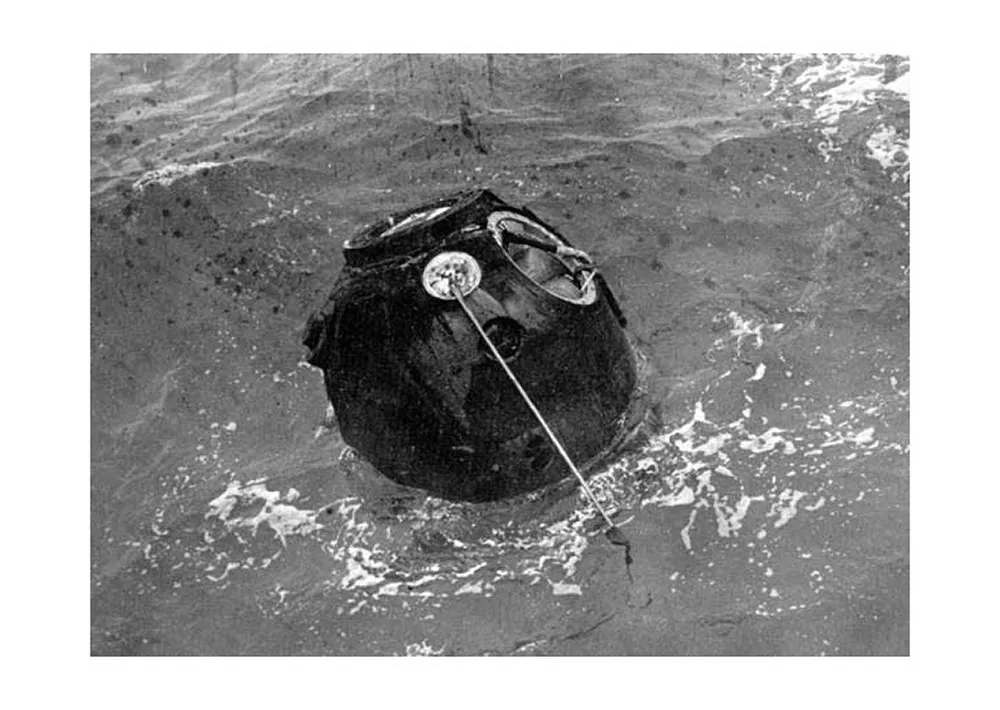
Apollo 8 launch
Three months later, the Apollo 8 astronauts were strapped into the Command Module waiting to launch.
When the countdown hit zero, the crew began to fear that something might be wrong – the entire spacecraft was shaking like a freight train.
In truth, the rocket was working perfectly; it was simply that the crew was unprepared for the sheer violence of lifting off in the world’s most powerful rocket.

The first stage blasted the crew to seven times the speed of sound, before the second and third stages took them into a parking orbit around Earth, 11 minutes and 34 seconds into the flight.
But there would be no time for the crew to recover.
They spent the next few hours checking the spacecraft before receiving the message, “Alright, Apollo 8. You are go for TLI [translunar injection].”
The crew fired the single engine in the third stage for 12 minutes and from then on there was no turning back.
As they travelled towards lunar orbit 385,000km away, the crew performed the procedures future lunar missions would need to carry out during their journeys.
First, they set the spacecraft into a ‘barbeque roll’ to make sure the Sun didn’t cook one side while the other froze in shadow.
Then, though Apollo 8 didn’t have a lunar lander on board, the crew performed a dry run of the manoeuvres needed to remove one from its housing behind the main command module.
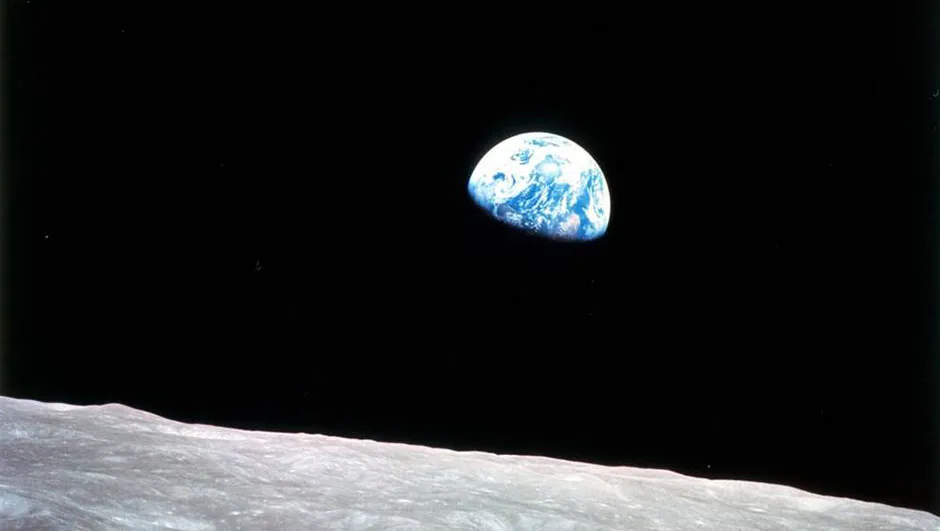
Going silent behind the Moon
On Christmas Eve, three days after its launch, Apollo 8 reached its destination, successfully carrying humans closer to the Moon than ever before.
Finally, the US had beaten the Soviets to a major lunar milestone.
It would have been possible for the crew to simply loop around the Moon and come straight back to Earth.
But since the mission was running smoothly (bar a case of space sickness on the part of Commander Frank Borman), the order was given to enter lunar orbit.
The crew now had to fire the service module’s engine for exactly the right amount of time.
If the manoeuvre went wrong they could end up drifting irretrievably away into deep space.
To make matters even more nerve wracking, the burn had to happen while they were on the far side of the Moon, where they would be out of contact with Earth.
Command Module pilot James Lovell told ground control:
“We’ll see you on the other side,” and the crew performed their final checks before burning the engines for four minutes and seven seconds.
“Longest four minutes I ever spent,” said William ‘Bill’ Anders as they waited for the timer to count down.
But when the crew re-emerged from radio silence, they were in lunar orbit.
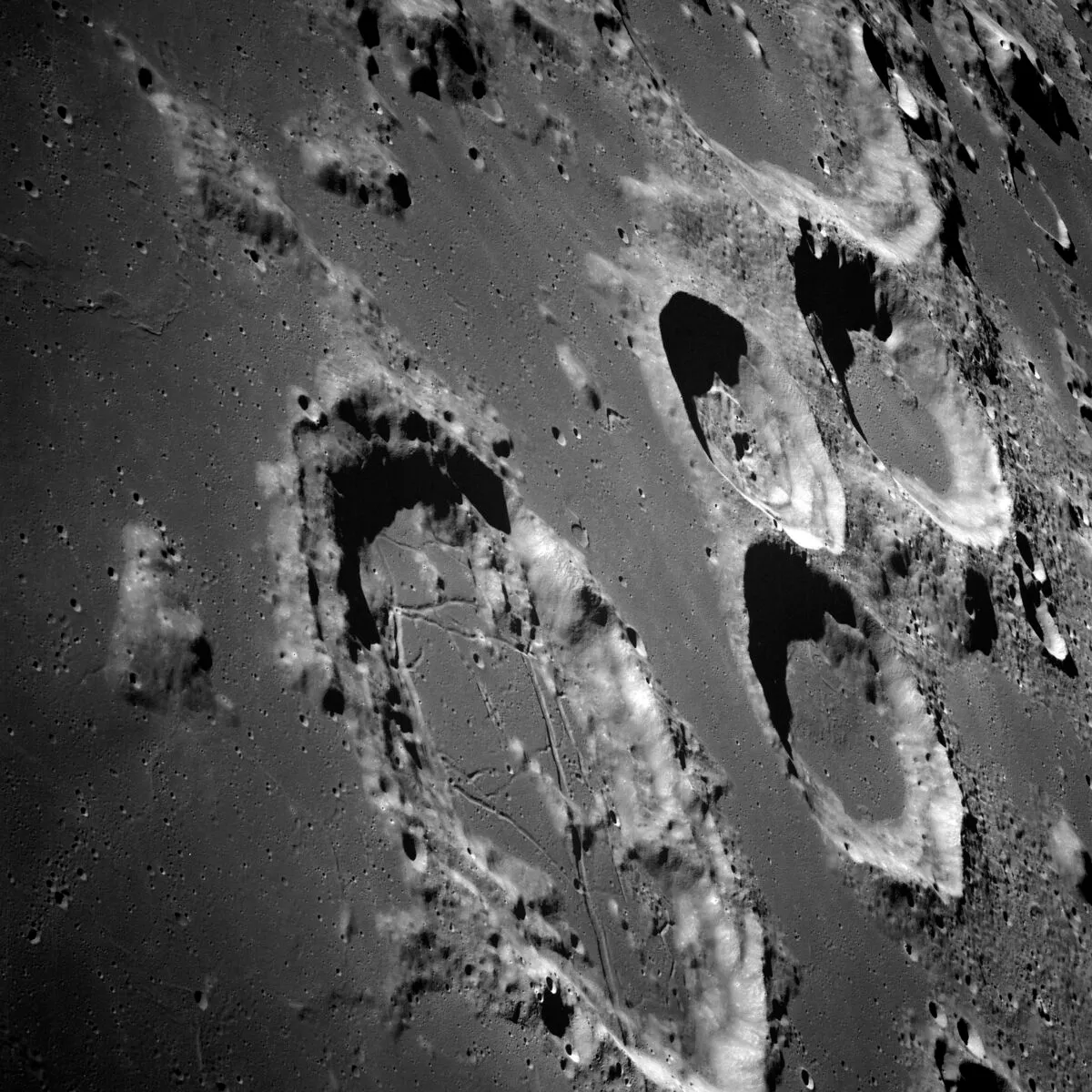
Preparing for the moonlandings
For the next 20 hours the crew’s main task was to image the lunar surface, particularly the five spots NASA had lined up as potential landing sites for future Apollo missions.
As they looked at the landscape they had come so far to see, Lovell and Anders were captivated by its expansiveness and stark contrasts.
Borman, however, was less taken by the scene, revealed in our interview with the Apollo 8 commander.
“My own impression is that it’s a vast, lonely, forbidding type existence…
It certainly would not appear to be a very inviting place to live or work,” he said during a live television broadcast.
But as the crew emerged from behind the Moon for the fourth time, they were treated to a sight that managed to break through even Borman’s apparent apathy.
“Oh my God!” he exclaimed. “Look at that picture over there! Here’s the Earth coming up. Wow, is that pretty?!”
During Apollo 8, the astronauts made a reading from the book of Genesis as they ended their broadcast to Earth. Image Credit: NASA
A new perspective on home
The globe of Earth floated in the darkness, the only point of colour in an infinite Universe of black and grey.
Anders frantically searched for some colour film and took what would go on to be one of the most iconic photographs of all time: ‘Earthrise’.
“The vast loneliness up here of the Moon is awe-inspiring,” said Lovell during one of the Apollo 8 mission’s six live television broadcasts.
“It makes you realise just what you have back there on Earth.”
One of the live television broadcasts the crew made while at the Moon fell on Christmas Eve.

NASA predicted the historic transmission would reach the largest audience ever assembled and tasked the crew to do something appropriate.
With the TV camera pointed out of the module’s window, looking at the lunar landscape slowly rolling past, the crew took turns reading from Genesis, about the creation of the planet they could see floating in the black void of space.
“We came all this way to explore the Moon,” William Anders said after the mission’s successful return.
“And the most important thing is that we discovered the Earth.”

Apollo 8 astronauts
Commander: Frank Borman
Borman joined NASA in 1962 from the air force and flew on the 14-day Gemini 7 mission.
After Apollo 8, he was offered command of the first lunar landing but felt little enthusiasm for spaceflight, having only joined NASA to “beat the damn Russians” and left the agency.
He worked for Eastern Airlines before retiring in 1986.
Command Module pilot: James ‘Jim’ Lovell
A navy test pilot before joining NASA in 1962, Lovell first flew in space on Gemini 7 with Borman.
After Apollo 8, he was part of another Moon mission as part of the ill-fated Apollo 13 crew. He left the space programme in 1973 and worked in the corporate world, retiring in 1991.
He still travels around the world giving speeches about his experiences.
Lunar Module pilot: William ‘Bill’ Anders
Originally an air force pilot, Anders had degrees in both electrical and nuclear engineering.
He joined NASA in 1963 in the third group of astronauts.
Apollo 8 was his only trip to space, though he retained his astronaut status while working for the National Aeronautics and Space Council.
He went on to work in the field of nuclear energy.
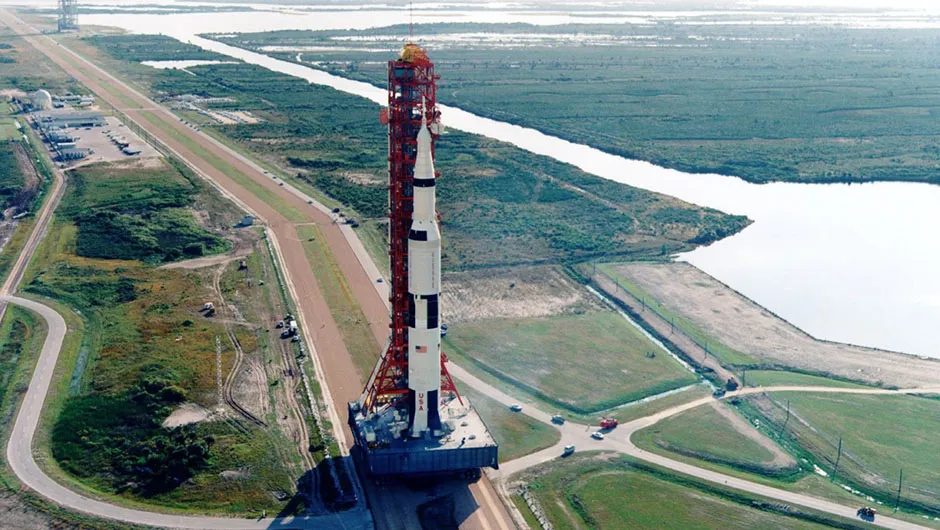
Apollo 8 timeline
- 21 Dec 12:51 GMT - The Saturn V carrying Apollo 8 launches from Cape Kennedy.
- 21 Dec 13:02 GMT - Apollo 8 enters Earth orbit.
- 21 Dec 15:18 GMT- After 1.5 orbits of Earth, Apollo 8 receives permission to go for translunar injection.
- 21 Dec 15:41 GMT - The S-IVB stage starts its burn, sending Apollo 8 towards the Moon. Six minutes later, translunar injection is achieved.
- 24 Dec 09:49 GMT - Apollo 8 approaches the Moon and disappears around its far side, losing contact with Earth.
- 24 Dec 09:59 GMT - The crew burn the engines for four minutes to enter lunar orbit.
- 25 Dec 02:34 GMT - Apollo 8 broadcasts its Christmas message.
- 25 Dec 06:10 GMT - An engine burn sets the spacecraft on a course back towards Earth.
- 27 Dec 15:37 GMT - The spacecraft re-enters Earth’s atmosphere.
- 27 Dec 15:51 GMT - Apollo 8 splashes down in the north Pacific Ocean.
Mission brief
- Launch date: 21 December 1968
- Launch location: Launch Complex 39 A
- Lunar orbits: 10
- Lunar orbital altitude: 111km
- Mission duration: 6 days, 3 hours and 42 seconds
- Return date: 27 December 1968
- Main goals: Demonstrate translunar injection; test navigation, communications and mid-course corrections; refine systems and procedures for future lunar operations
- Firsts: Crewed flight around the Moon; crewed flight across Van Allen belts; live TV broadcast from lunar orbit
- Christmas menu: Turkey, stuffing, cranberry, gravy, brandy (left unopened)
